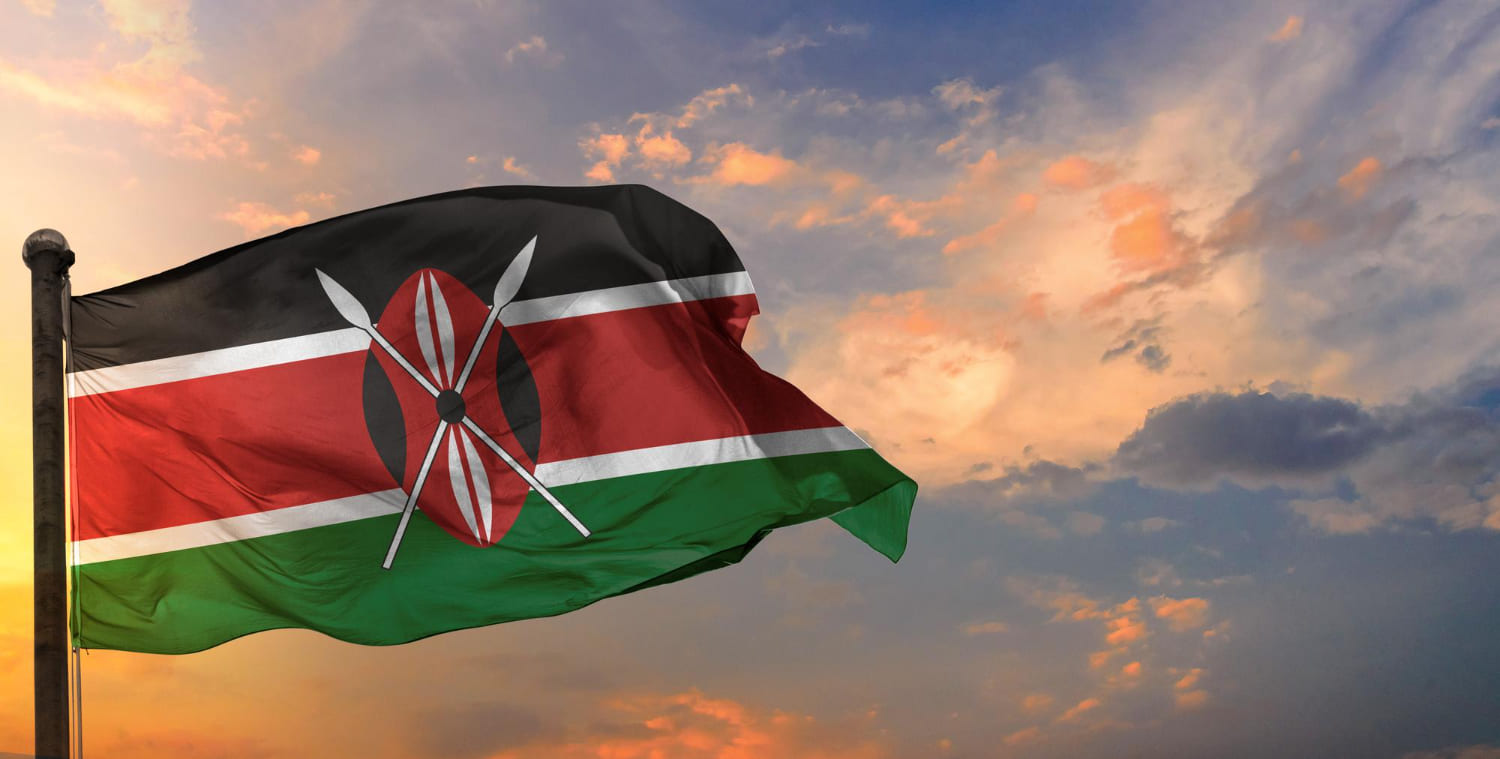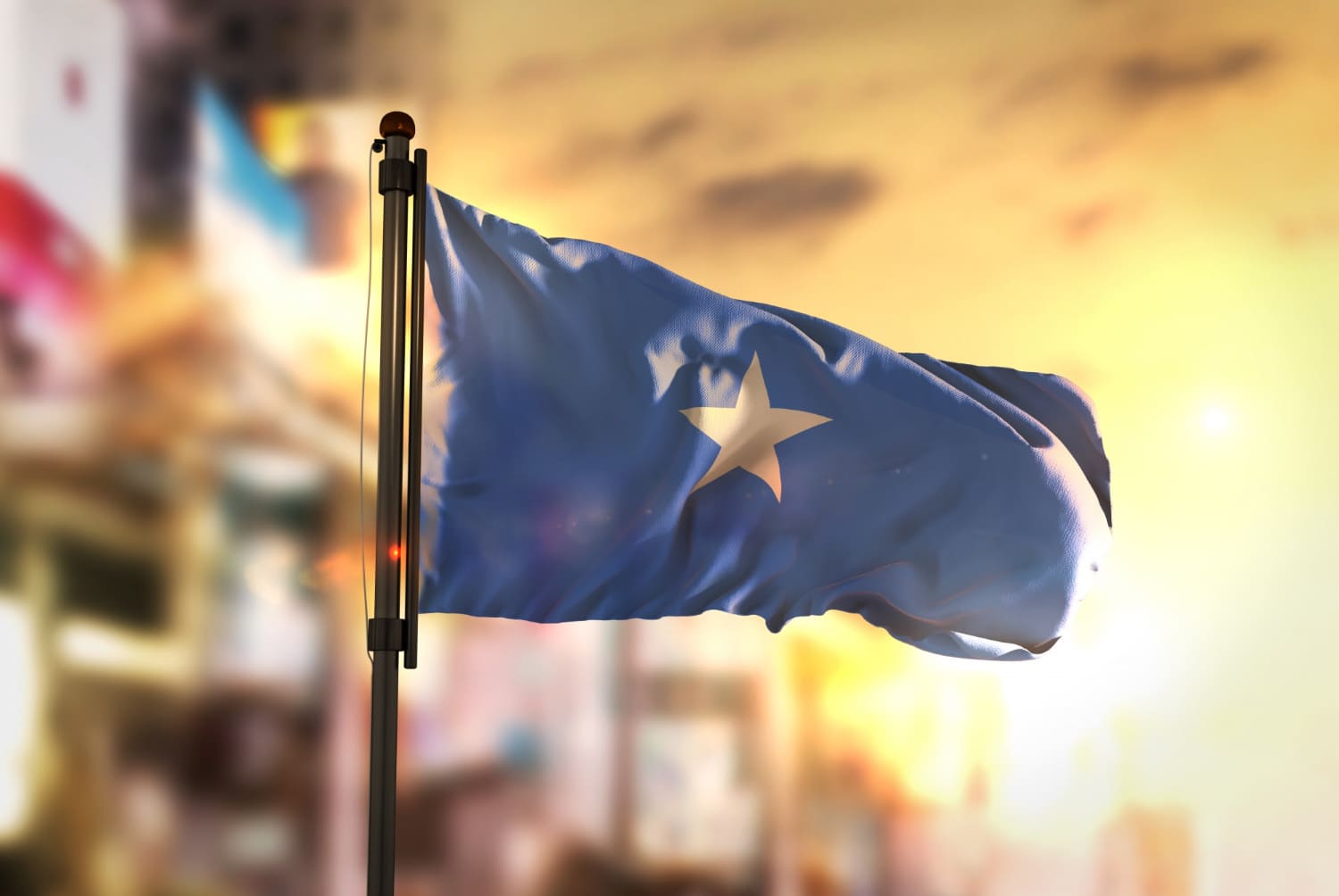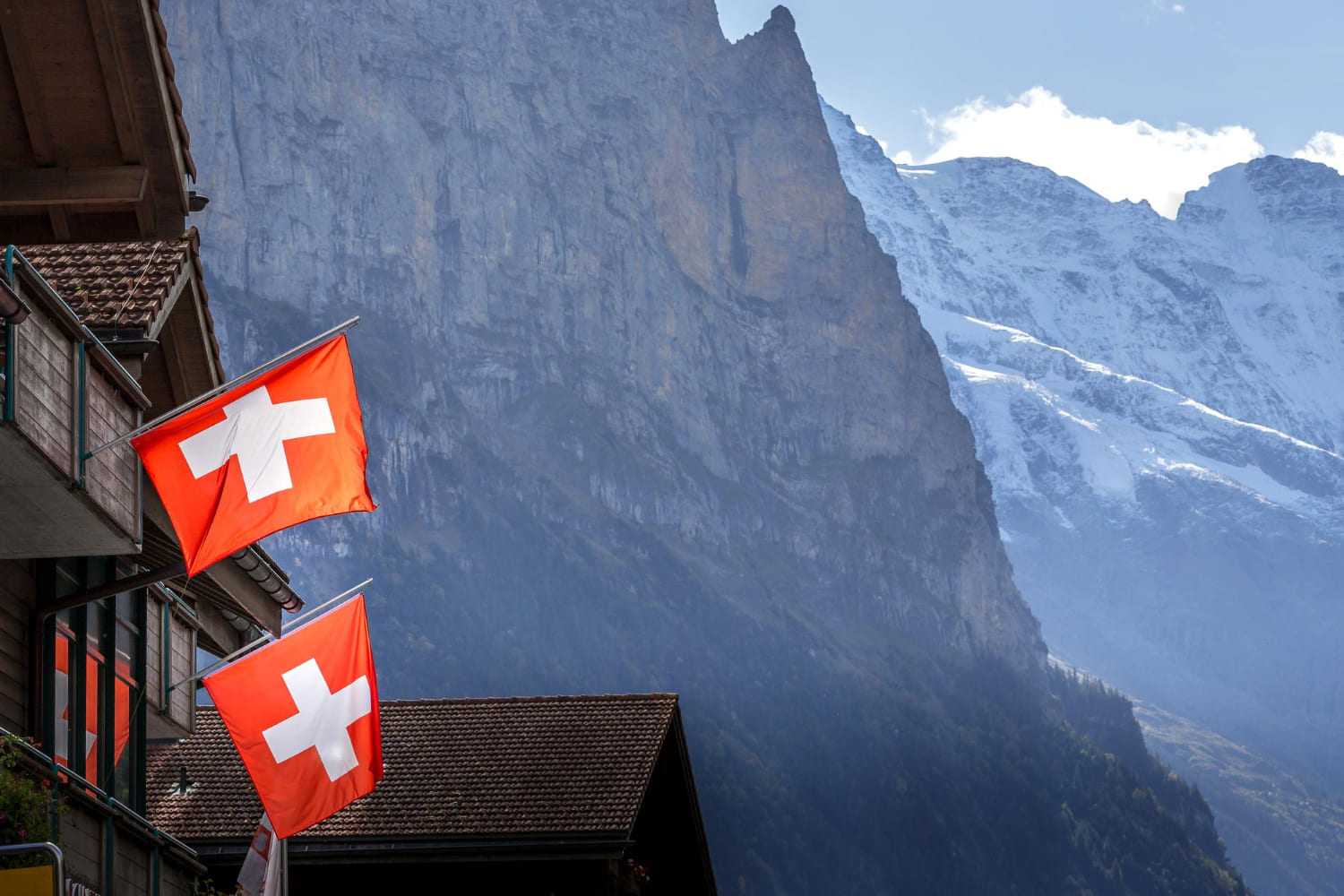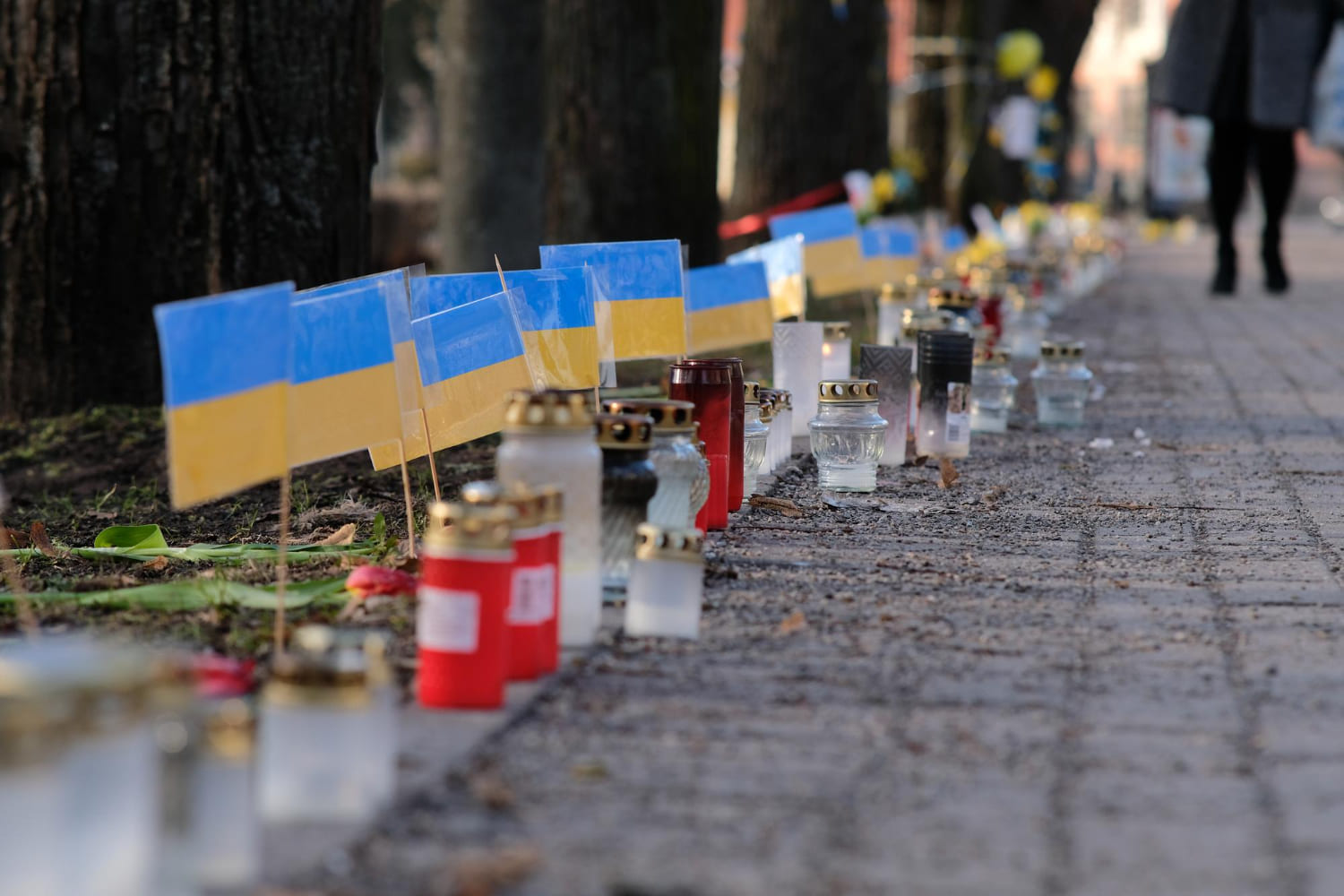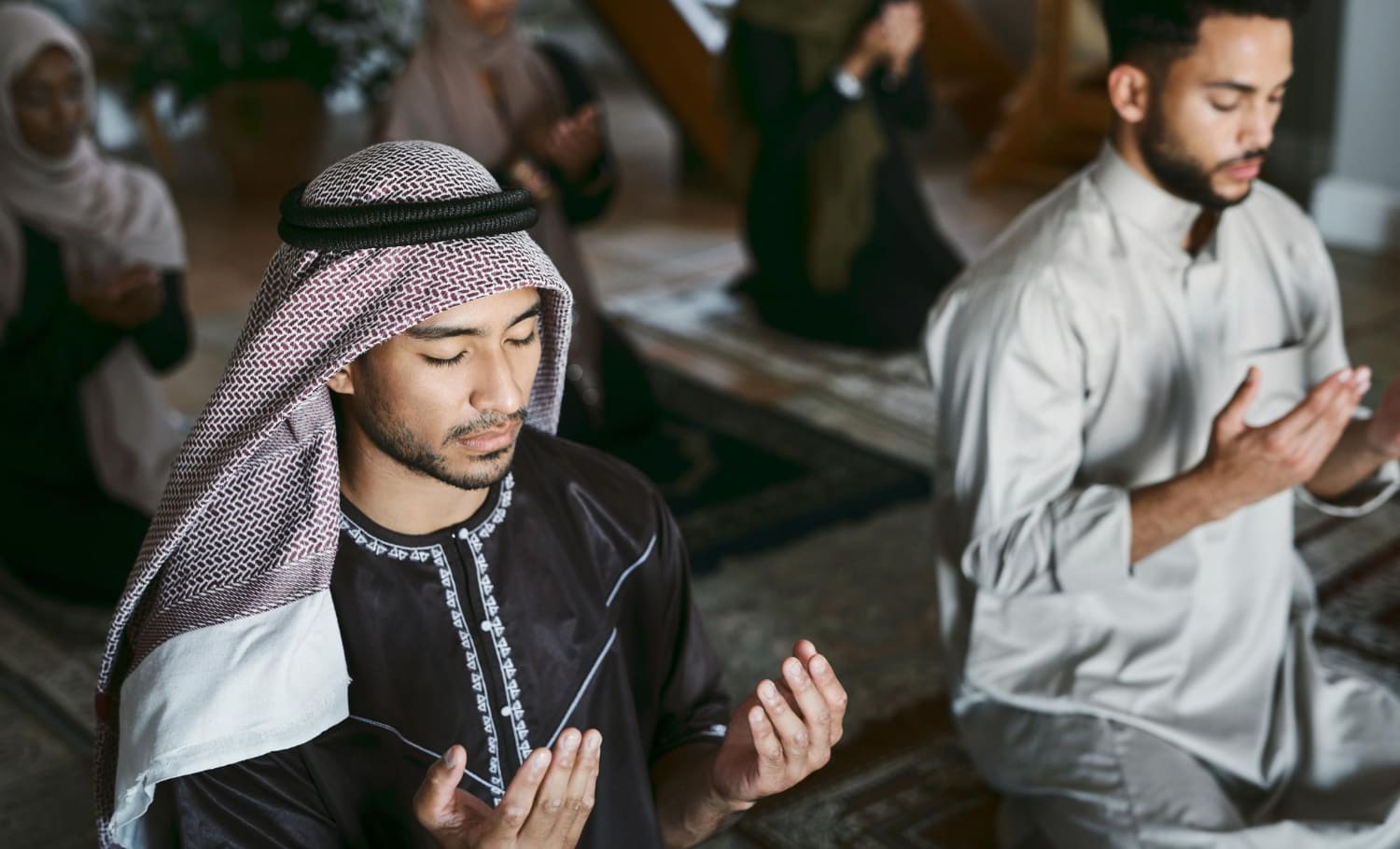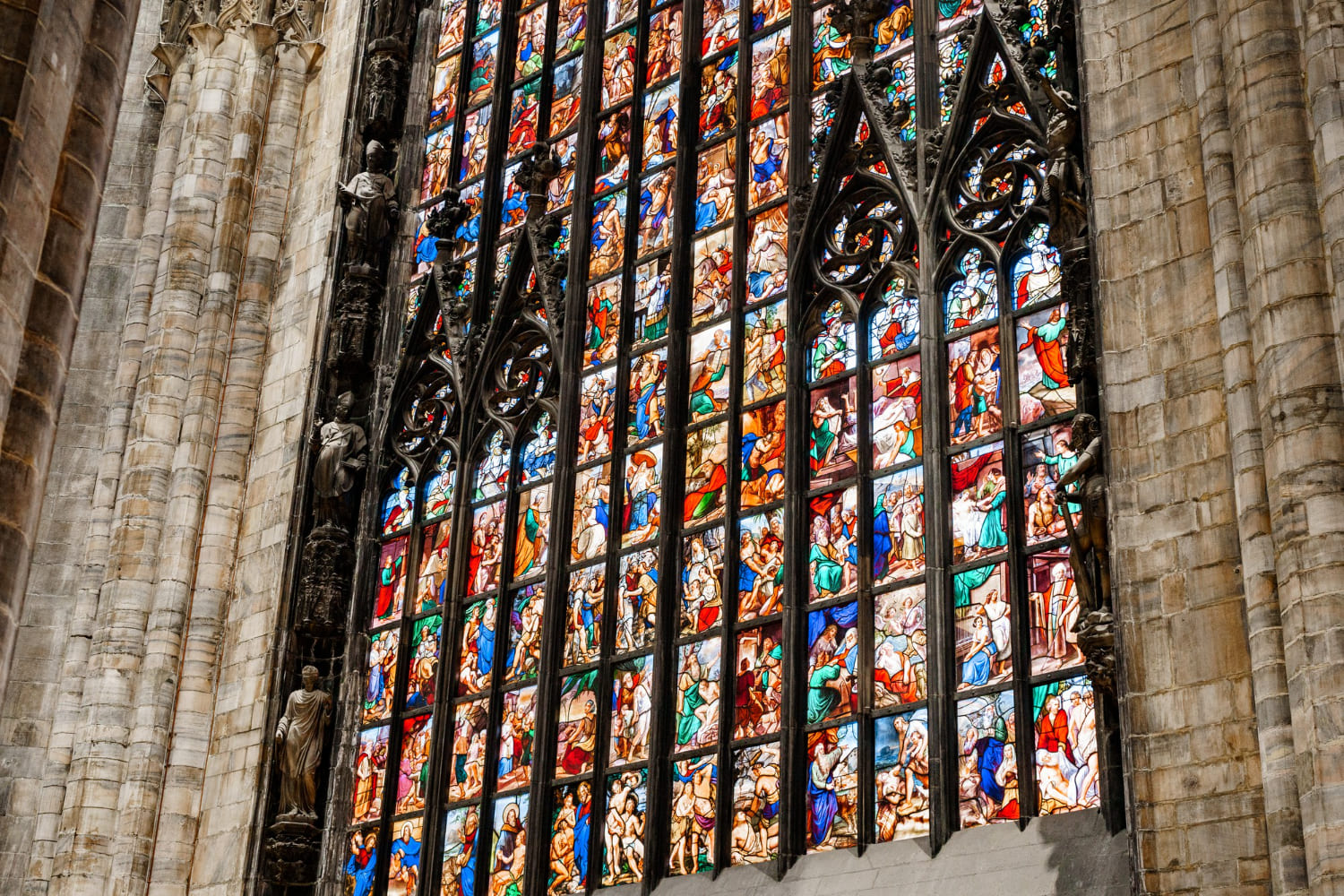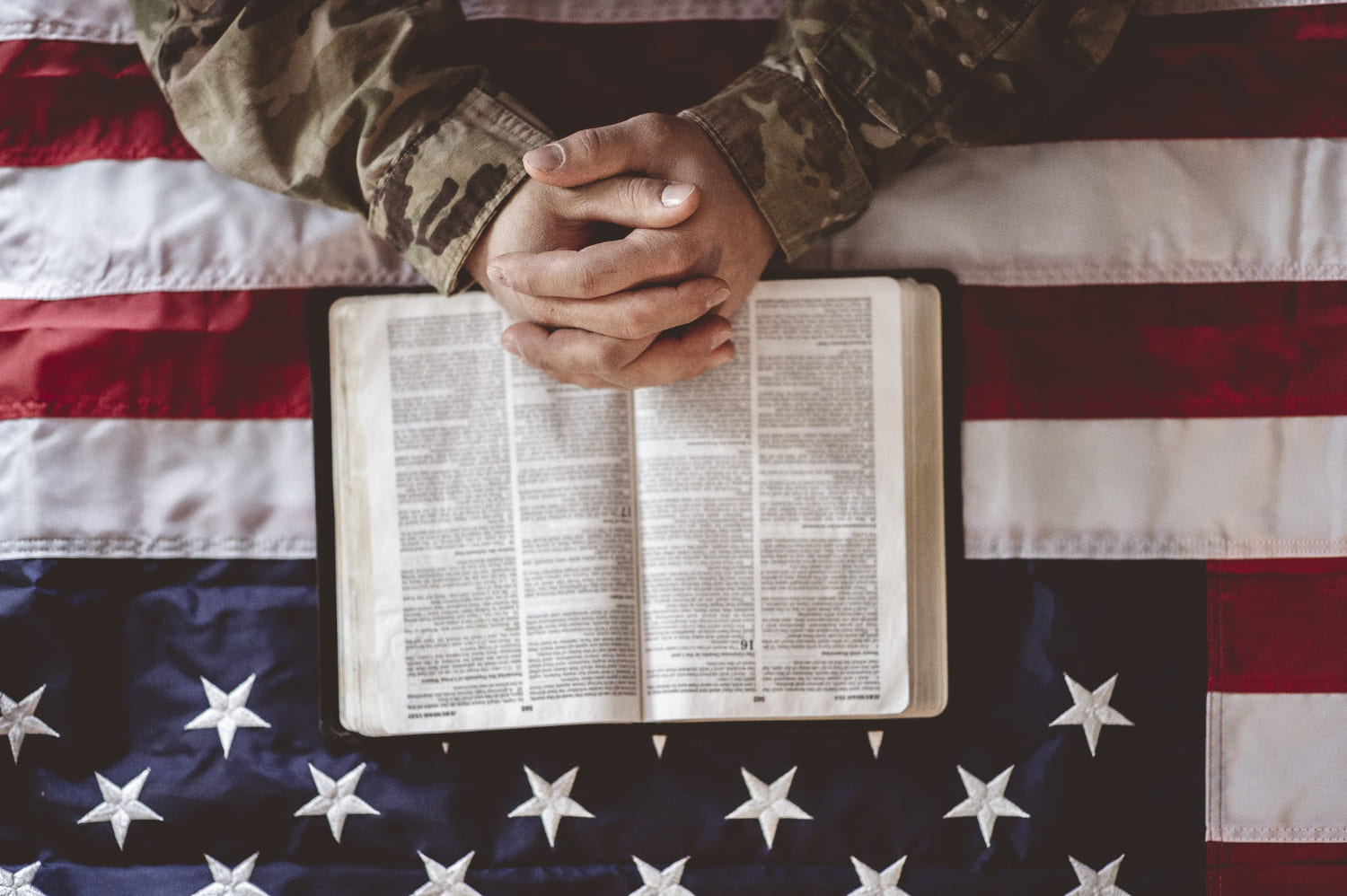Vietnam is a country with a rich cultural heritage, and religion plays a significant role in the daily lives of its people.
The country has a diverse religious landscape that includes a mix of indigenous beliefs and imported religions.
The Vietnamese government recognizes six official religions, which are Buddhism, Catholicism, Protestantism, Islam, Caodaism, and Hoa Hao Buddhism.
According to statistics released by the Government Committee for Religious Affairs, as of 2025, Buddhists account for 14.9% of the total population, Christians 8.5% (Catholics 7.4% & Protestants 1.1%), Hoahao Buddhists 1.5%, and Caodaism followers 1.2%.
Vietnamese folk religion is also prevalent, with 73.2% of the population practicing it.
Despite being officially recognized, Islam is a minority religion in Vietnam, with only a small percentage of the population following it.
- List Of Major Religions In Vietnam
- Buddhism
- Catholicism
- Protestantism
- Cao Dai
- Hoa Hao
- Indigenous Religions and Beliefs
- Animism
- Ancestor Worship
- Religious Demographics and Statistics
- Influence of Religion on Vietnamese Culture
- Festivals and Holidays
- Cultural Practices
- Architecture and Temples
- Legal Framework and Religious Freedom
- Historical Overview of Religions in Vietnam
- Interfaith Relations and Dialogue
- Trends and Changes in Religious Affiliation
- Challenges Faced by Religious Communities
List Of Major Religions In Vietnam
Despite being officially a secular state, Vietnam is home to a diverse range of religions, with the majority of its population practicing some form of spirituality.
Here are the major religions in Vietnam:
Buddhism
Buddhism is the largest religion in Vietnam, with an estimated 12 million followers, making up around 12% of the population.
Buddhism was first introduced to Vietnam in the 2nd century, and it has since become an integral part of the country’s cultural and religious fabric.
Vietnamese Buddhism is predominantly of the Mahayana tradition, which emphasizes compassion and the attainment of enlightenment for the benefit of all sentient beings.
Catholicism
Catholicism is the second-largest religion in Vietnam, with an estimated 6 million followers, making up around 6% of the population.
Catholicism was introduced to Vietnam by Portuguese missionaries in the 16th century, and it has since become an important part of the country’s religious landscape.
The Catholic Church in Vietnam has had a tumultuous history, with periods of persecution and suppression, but it has continued to grow and thrive despite these challenges.
Protestantism
Protestantism is a relatively new religion in Vietnam, with an estimated 1 million followers, making up around 1% of the population.
Protestantism was introduced to Vietnam by American and European missionaries in the 19th century, and it has since grown rapidly, particularly in the central highlands and southern regions of the country.
Cao Dai
Cao Dai is a syncretic religion that originated in Vietnam in the early 20th century.
It combines elements of Buddhism, Taoism, Confucianism, and Christianity, and it has an estimated 4 million followers in Vietnam, making up around 4% of the population.
Cao Dai is known for its colorful ceremonies and elaborate rituals, and it has become an important part of Vietnam’s religious and cultural heritage.
Hoa Hao
Hoa Hao is another syncretic religion that originated in Vietnam in the early 20th century.
It combines elements of Buddhism, Taoism, and Confucianism, and it has an estimated 2 million followers in Vietnam, making up around 2% of the population.
Hoa Hao is known for its emphasis on simplicity, humility, and social justice, and it has become an important part of Vietnam’s religious and cultural landscape.
Overall, religion plays an important role in Vietnam’s cultural and social fabric, and the country’s diverse religious landscape reflects its rich history and cultural heritage.
Indigenous Religions and Beliefs
Vietnam is home to several indigenous religions and beliefs, which have been practiced for centuries.
These religions are deeply rooted in Vietnamese culture and are still practiced today, alongside other major religions.
The two most prominent indigenous religions in Vietnam are Animism and Ancestor Worship.
Animism
Animism is a belief system that holds that all things, both animate and inanimate, possess a spirit or soul.
This belief system is deeply ingrained in Vietnamese culture and is often intertwined with other religions, such as Buddhism and Taoism.
Many Vietnamese believe that spirits inhabit natural objects such as trees, rocks, and rivers, and that these spirits must be appeased in order to ensure good luck and prosperity.
Ancestor Worship
Ancestor worship is another important aspect of Vietnamese culture and is based on the belief that deceased ancestors continue to play a role in the lives of their descendants.
Ancestor worship involves offering food, incense, and other items to deceased ancestors in order to honor them and seek their blessings.
This practice is deeply ingrained in Vietnamese culture and is often seen as a way to connect with one’s family history and heritage.
Overall, indigenous religions and beliefs continue to play an important role in Vietnamese culture and are an important part of the country’s rich cultural heritage.
While these beliefs may not be as well-known as other major religions, they are still widely practiced and continue to shape the lives of many Vietnamese people today.
Religious Demographics and Statistics
Vietnam is a multi-religious country with a diverse religious landscape.
According to the Government Committee for Religious Affairs (CRA), 26.4% of the population is categorized as religious believers.
The most popular religions in Vietnam are Buddhism, Catholicism, and Hoa Hao Buddhism.
Buddhism is the largest religion in Vietnam, with 14.91% of the population practicing it.
The majority of Vietnamese Buddhists practice Mahayana Buddhism, which is a branch of Buddhism that originated in India and spread to China, Vietnam, and other East Asian countries.
Mahayana Buddhism is characterized by its emphasis on compassion and the pursuit of enlightenment for the benefit of all beings.
Catholicism is the second-largest religion in Vietnam, with 7.35% of the population practicing it.
Catholicism was introduced to Vietnam by Portuguese missionaries in the 16th century and has since become an integral part of Vietnamese culture.
The Catholic Church in Vietnam is organized into 26 dioceses and has a significant presence in the country’s social and political life.
Hoa Hao Buddhism is a relatively new religion in Vietnam, founded in the 1930s by a peasant named Huynh Phu So.
It emphasizes the importance of personal morality, social justice, and the pursuit of enlightenment through meditation and self-cultivation. Hoa Hao Buddhism is particularly popular in the Mekong Delta region of Vietnam, where it originated.
Other religions practiced in Vietnam include Protestantism, Cao Dai, and Islam.
Protestantism is the third-largest religion in Vietnam, with 1.09% of the population practicing it.
Cao Dai is a syncretic religion that combines elements of Buddhism, Taoism, Confucianism, Christianity, and Islam.
It was founded in 1926 and has since become one of the fastest-growing religions in Vietnam. Islam is a minority religion in Vietnam, with less than 1% of the population practicing it.
In conclusion, Vietnam is a diverse country with a rich religious landscape. Buddhism, Catholicism, and Hoa Hao Buddhism are the most popular religions in Vietnam, but there are also significant populations of Protestants, Cao Dai followers, and Muslims.
Influence of Religion on Vietnamese Culture
Religion plays an essential role in Vietnamese culture, shaping the beliefs, values, and traditions of the Vietnamese people.
The most popular religions in Vietnam include Buddhism, Taoism, Confucianism, Catholicism, and Caodaism, among others.
Each religion has its unique beliefs and practices, but they share a common influence on Vietnamese culture.
Festivals and Holidays
Religious festivals and holidays are an integral part of Vietnamese culture, reflecting the country’s rich religious diversity.
For example, Tet Nguyen Dan, or the Vietnamese Lunar New Year, is the most important traditional festival in Vietnam, celebrated by people of all religions.
Tet is a time for family reunions, offering prayers to ancestors, and exchanging gifts.
Similarly, the Mid-Autumn Festival, also known as the Children’s Festival, is celebrated by Vietnamese families to honor children and promote family unity.
Cultural Practices
Religion has also influenced many cultural practices in Vietnam.
For example, ancestor worship is a common practice among the Vietnamese, where they pay respect to their ancestors and seek their guidance.
Many Vietnamese families have altars in their homes where they offer food, incense, and other offerings to their ancestors.
Additionally, Buddhist and Taoist beliefs have influenced many Vietnamese practices, such as meditation, martial arts, and traditional medicine.
Architecture and Temples
Religion has also played a significant role in shaping the architecture of Vietnam.
Many of the country’s most iconic landmarks, such as the One Pillar Pagoda, the Perfume Pagoda, and the Thien Mu Pagoda, are religious structures that reflect the country’s religious heritage.
These temples and pagodas are not only places of worship but also important cultural and historical sites that attract tourists from around the world.
In conclusion, religion has had a significant impact on Vietnamese culture, influencing everything from festivals and holidays to cultural practices and architecture.
Despite the country’s religious diversity, religion has played a unifying role in Vietnamese society, bringing people together and shaping the country’s unique identity.
Legal Framework and Religious Freedom
Vietnam’s constitution guarantees freedom of religion and belief for all individuals.
However, the government has significant control over religious practices, and vague provisions in the law permit restrictions on religious freedom in the interest of national security and social unity.
According to the U.S. Department of State, approximately 14% of Vietnam’s population adheres to a religion.
The government’s 2019 National Population and Housing Census reported around 13 million religious adherents in the country.
All religions are equal before the law and the state, according to Vietnam’s constitution. However, the government has been criticized for its treatment of certain religious groups, particularly those it considers to be a threat to social and political stability.
For example, the Unified Buddhist Church of Vietnam (UBCV) has faced government harassment and restrictions on its activities.
The government has also been accused of detaining and imprisoning members of religious groups, including Catholics, Protestants, and followers of the Cao Dai religion.
Despite these challenges, many religious groups continue to thrive in Vietnam. Buddhism is the largest religion in the country, with an estimated 12 million followers.
Other significant religions in Vietnam include Catholicism, Protestantism, Hoa Hao Buddhism, and Cao Dai.
Overall, while Vietnam’s constitution guarantees freedom of religion and belief, the government’s control over religious practices and restrictions on religious freedom have been a cause for concern among human rights advocates.
Historical Overview of Religions in Vietnam
Vietnam has a rich and diverse religious history that has been shaped by various cultural, social, and political factors.
The country has been influenced by different religious traditions, including Buddhism, Confucianism, Taoism, Catholicism, Protestantism, Islam, and indigenous folk beliefs.
Buddhism has played a significant role in Vietnamese history since the second century BCE. It was introduced by Indian monks and became the dominant religion during the Ly Dynasty (1009-1225).
During this period, Buddhism was closely associated with the state and the royal court. However, it faced persecution during the Tran Dynasty (1225-1400) and was replaced by Confucianism as the state religion.
Confucianism, which originated in China, was introduced to Vietnam during the Han Dynasty (206 BCE-220 CE).
It became the dominant ideology during the Le Dynasty (1428-1788) and was closely associated with the state bureaucracy.
Confucianism emphasized the importance of education, social hierarchy, and filial piety.
Catholicism was introduced to Vietnam by Portuguese missionaries in the sixteenth century.
It became popular among the Vietnamese elite and was associated with Western modernity and progress.
However, it faced persecution during the Nguyen Dynasty (1802-1945) and was banned by the communist government after the Vietnam War.
Protestantism was introduced to Vietnam by American and European missionaries in the nineteenth century.
It was associated with Western imperialism and was viewed with suspicion by the Vietnamese government.
However, it has grown in popularity in recent years, particularly among ethnic minorities in the Central Highlands.
Islam was introduced to Vietnam by Arab and Persian traders in the seventh century. It has a small but significant presence in the country, particularly in the southern provinces. The Cham people, an ethnic minority group, are predominantly Muslim.
Indigenous folk beliefs, which are a mixture of animism, ancestor worship, and other traditional practices, have been an integral part of Vietnamese culture for thousands of years.
They continue to play an important role in Vietnamese society, particularly in rural areas.
Overall, Vietnam is a religiously diverse country with a rich history of religious traditions. While the government officially recognizes 16 religions, Buddhism, Catholicism, and indigenous folk beliefs are the most widely practiced.
Interfaith Relations and Dialogue
Vietnam is home to a diverse range of religious communities, including Buddhism, Catholicism, Protestantism, Cao Dai, Hoa Hao, and Islam, among others.
Despite the differences in beliefs, there have been efforts to promote interfaith relations and dialogue in the country.
One notable example is the Vietnamese Government’s establishment of the Committee for Religious Affairs, which is responsible for regulating and managing religious activities in the country.
The committee has worked to promote interfaith dialogue and understanding, and has organized various events and programs to bring religious leaders and communities together.
In addition to government-led initiatives, there have been grassroots efforts to promote interfaith relations in Vietnam.
For example, the Interfaith Council of Vietnam was established in 2008 to promote dialogue and cooperation among different religious communities.
The council has organized events such as interfaith prayer services and discussions on topics such as peace and social justice.
Despite these efforts, there have been tensions between different religious communities in Vietnam, particularly between Buddhists and Catholics.
These tensions have been fueled by historical and political factors, as well as differences in beliefs and practices.
However, there have also been instances of cooperation and collaboration between these communities, such as joint efforts to provide aid and support to those affected by natural disasters.
Overall, while there have been challenges in promoting interfaith relations and dialogue in Vietnam, there have also been positive developments and efforts to build understanding and cooperation among different religious communities.
Trends and Changes in Religious Affiliation
Vietnam has a diverse religious landscape, with the majority of the population following folk beliefs, Mahayana Buddhism, or Catholicism.
However, there have been significant changes in religious affiliation in recent years.
According to the 2019 International Religious Freedom Report, 26.4% of the population is categorized as religious believers participating in registered activities.
The report shows that Buddhism is the most widely practiced religion in Vietnam, with 14.9% of the population identifying as Buddhists.
The second most popular religion is Roman Catholicism, with 7.4% of the population identifying as Catholics.
In recent years, there has been a rise in the number of Protestants in Vietnam. The 2018 International Religious Freedom Report states that there are approximately 1.1% Protestants in Vietnam.
This number has been steadily increasing due to the growth of evangelical churches and the influence of foreign missionaries.
Another trend in Vietnam is the growth of new religious movements. The government has been cracking down on these movements, which it considers to be a threat to social stability.
The 2023 Country Update on Religious Freedom Conditions in Vietnam reports that the government has been monitoring and suppressing the activities of these groups.
Overall, there have been significant changes in religious affiliation in Vietnam in recent years.
While Buddhism and Catholicism remain the most widely practiced religions, there has been a rise in the number of Protestants and the growth of new religious movements.
The government has been closely monitoring these changes and taking action to maintain social stability.
Challenges Faced by Religious Communities
Despite the constitutional guarantee of religious freedom, religious communities in Vietnam face various challenges.
The government’s strict control over religion has led to the suppression of religious practices and the arrest and imprisonment of religious leaders and activists.
One of the main challenges faced by religious communities in Vietnam is the lack of legal recognition.
The government only recognizes a limited number of religious organizations, while others are forced to operate underground.
This has led to difficulties in obtaining permits to build places of worship and organize religious events.
Another challenge is the harassment and persecution of religious minorities by the authorities.
For example, the Unified Buddhist Church of Vietnam (UBCV) has been subjected to harassment and intimidation by the government, resulting in the arrest and imprisonment of many of its leaders.
Similarly, the Catholic Church has faced restrictions on its activities, including the closure of churches and the detention of priests.
In addition to government persecution, religious communities also face social discrimination and hostility from the general population.
For instance, some religious minorities have been targeted by extremist groups, resulting in violence and property damage.
Overall, the challenges faced by religious communities in Vietnam are complex and multifaceted.
While the government has taken some steps to address these issues, more needs to be done to ensure that all religious groups are able to practice their faith freely and without fear of persecution.
